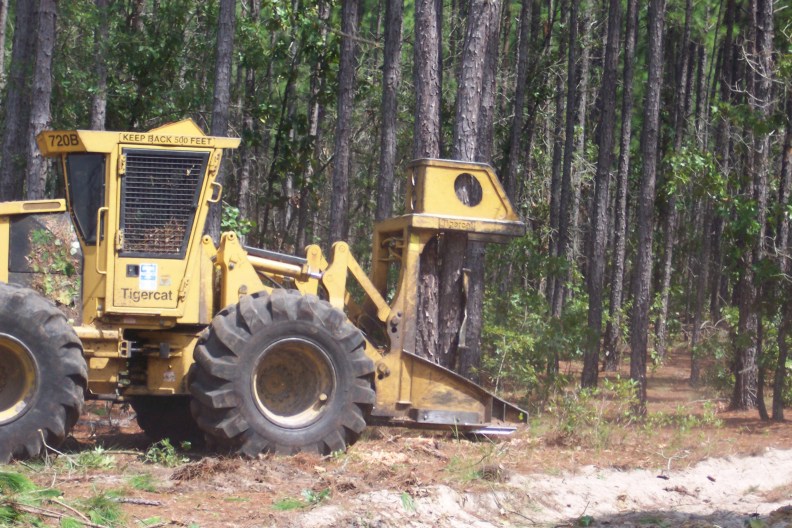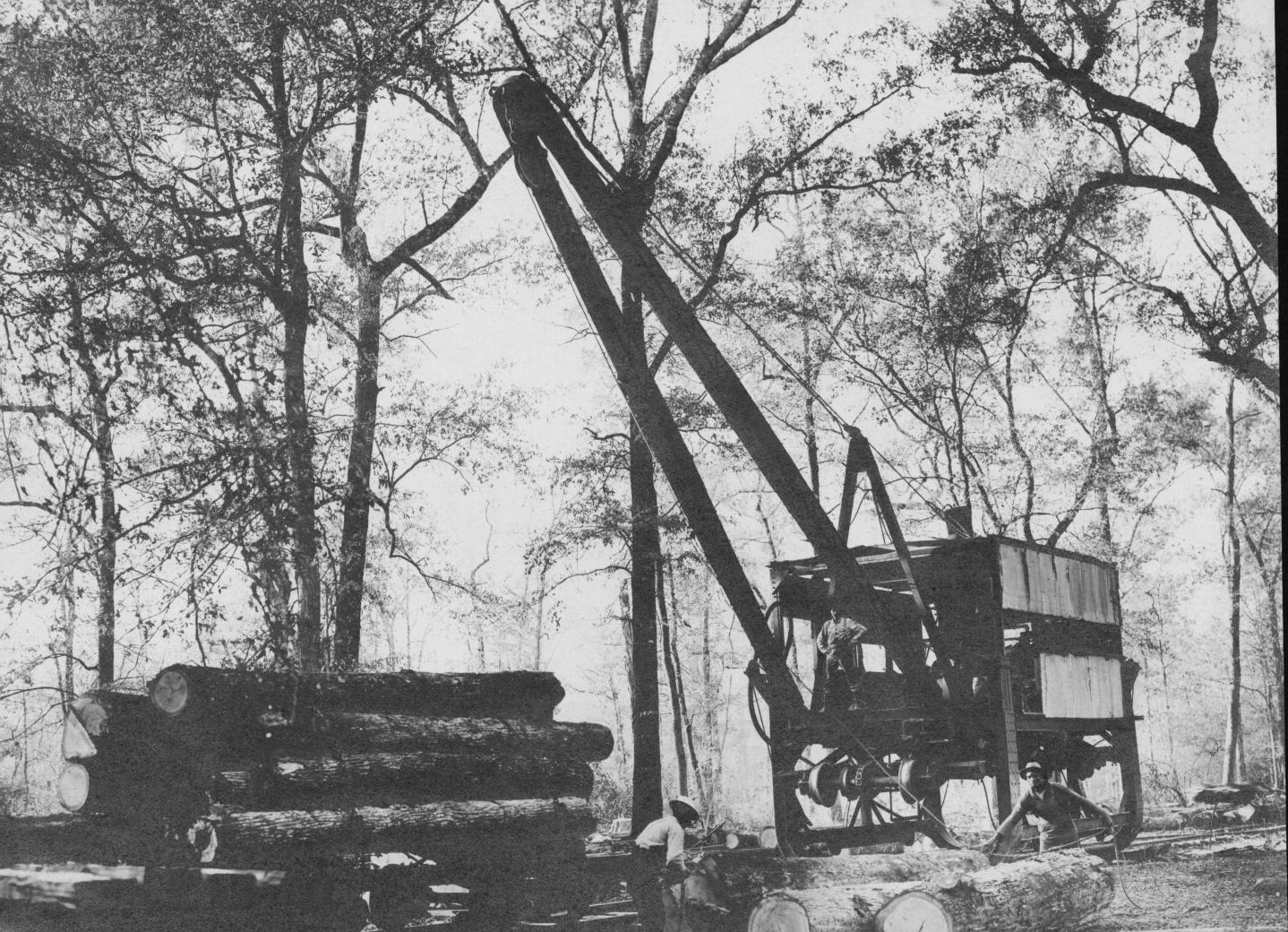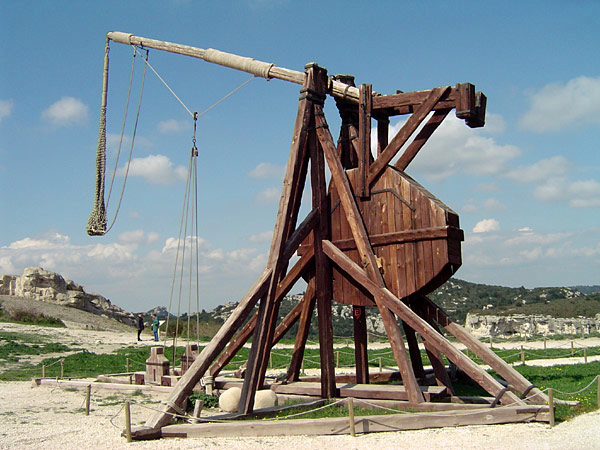|
Delimbing
Limbing or delimbing is the process of removing branches from a standing or fallen tree trunk (botany), trunk. In logging, limbing follows felling. Limbing plays a role in fire prevention by removing branches from live trees that can otherwise serve as part of a fuel ladder allowing a fire to climb from the ground into the canopy (forest), tree canopy. A California fire prevention guide recommends to "Remove all tree branches at least 6 feet [1.8 meters] from the ground" and "Allow extra vertical space between shrubs and trees." Ready For Wildfire, CAL FIRE In British English, limbing can be synonymous with snedding. Alternatively, limbing can be used to describe the operation on larger branches, and snedding on smaller. In logging Options for cutting off the branches include chain ...[...More Info...] [...Related Items...] OR: [Wikipedia] [Google] [Baidu] |
Harvester (forestry)
A harvester is a type of heavy forestry vehicle employed in cut-to-length logging operations for tree felling, felling, delimbing and log bucking, bucking trees. A forest harvester is typically employed together with a skidder#Grapple skidders, skidder that hauls the logging, logs to a roadside landing, or a forwarder to pick up and haul away. History Forest harvesters were mainly developed in Sweden and Finland and today do practically all of the commercial felling in these countries. The first fully mobile timber "harvester", the PIKA model 75, was introduced in 1973Rihko Haarlaa: Organization and technology of wood harvesting in Finland.' Department of Forest Resource Management, University of Helsinki, Finland. 1992. by Finnish systems engineer Sakari Pinomäki and his company PIKA Forest Machines. The first single grip harvester head was introduced in the early 1980s by Swedish company SP Maskiner. Their use has become widespread throughout the rest of Northern Europe, ... [...More Info...] [...Related Items...] OR: [Wikipedia] [Google] [Baidu] |
Logging
Logging is the process of cutting, processing, and moving trees to a location for transport. It may include skidder, skidding, on-site processing, and loading of trees or trunk (botany), logs onto logging truck, trucksSociety of American Foresters, 1998. Dictionary of Forestry. or flatcar#Skeleton car, skeleton cars. In forestry, the term logging is sometimes used narrowly to describe the logistics of moving wood from the stump to somewhere outside the forest, usually a sawmill or a lumber yard. In common usage, however, the term may cover a range of forestry or silviculture activities. Logging is the beginning of a supply chain that provides raw material for many products societies worldwide use for housing, construction, energy, and consumer paper products. Logging systems are a ... [...More Info...] [...Related Items...] OR: [Wikipedia] [Google] [Baidu] |
Feller Buncher
A feller buncher is a type of harvester used in logging. It is a motorized vehicle with an attachment that can rapidly gather and cut a tree before felling it. ''Feller'' is a traditional name for someone who cuts down trees, and ''bunching'' is the skidding and assembly of two or more trees. A feller buncher performs both of these harvesting functions and consists of a standard heavy equipment Heavy equipment, heavy machinery, earthmovers, construction vehicles, or construction equipment, refers to heavy-duty vehicles specially designed to execute construction tasks, most frequently involving earthwork operations or other large con ... base with a tree-grabbing device furnished with a chainsaw, circular saw or a lopper, shear—a pinching device designed to cut small trees off at the base. The machine then places the cut tree on a stack suitable for a skidder, forwarder, or yarder for transport to further processing such as delimbing, Log bucking, bucking, loading, or woo ... [...More Info...] [...Related Items...] OR: [Wikipedia] [Google] [Baidu] |
Logging
Logging is the process of cutting, processing, and moving trees to a location for transport. It may include skidder, skidding, on-site processing, and loading of trees or trunk (botany), logs onto logging truck, trucksSociety of American Foresters, 1998. Dictionary of Forestry. or flatcar#Skeleton car, skeleton cars. In forestry, the term logging is sometimes used narrowly to describe the logistics of moving wood from the stump to somewhere outside the forest, usually a sawmill or a lumber yard. In common usage, however, the term may cover a range of forestry or silviculture activities. Logging is the beginning of a supply chain that provides raw material for many products societies worldwide use for housing, construction, energy, and consumer paper products. Logging systems are a ... [...More Info...] [...Related Items...] OR: [Wikipedia] [Google] [Baidu] |
Felling
Felling is the process of cutting down trees,"Feller" def. 2. and "Felling", def. 1. ''Oxford English Dictionary'' 2nd ed. via CD-ROM (v. 4.0) © Oxford University Press. 2009. an element of the task of logging. The person cutting the trees is a lumberjack Lumberjack is a mostly North American term for workers in the logging industry who perform the initial harvesting and transport of trees. The term usually refers to loggers in the era before 1945 in the United States, when trees were felled us .... A feller buncher is a machine capable of felling a single large tree or grouping and felling several small ones simultaneously. Methods Hand felling In hand felling, an axe, saw, or chainsaw is used to fell a tree, followed up by limbing and bucking in traditional applications. In the modern commercial logging industry, felling is typically followed by limbing and skidding. Feller buncher A feller-buncher is a motorized vehicle with an attachment which rapidly cut ... [...More Info...] [...Related Items...] OR: [Wikipedia] [Google] [Baidu] |
Lumberjack Sports
Lumberjack is a mostly North American term for workers in the logging industry who perform the initial harvesting and transport of trees. The term usually refers to loggers in the era before 1945 in the United States, when trees were felled using hand tools and dragged by oxen to rivers. The work was difficult, dangerous, intermittent, low-paying, and involved living in primitive conditions. However, the men built a traditional culture that celebrated strength, masculinity, confrontation with danger, and resistance to modernization. Term The term lumberjack is of Canadian derivation. The first attested use of the term combining its two components comes from an 1831 letter to the Cobourg, Ontario, ''Star and General Advertiser'' in the following passage: "my misfortunes have been brought upon me chiefly by an incorrigible, though perhaps useful, race of mortals called lumberjacks, whom, however, I would name the Cossacks of Upper Canada, who, having been reared among the ... [...More Info...] [...Related Items...] OR: [Wikipedia] [Google] [Baidu] |
Felling
Felling is the process of cutting down trees,"Feller" def. 2. and "Felling", def. 1. ''Oxford English Dictionary'' 2nd ed. via CD-ROM (v. 4.0) © Oxford University Press. 2009. an element of the task of logging. The person cutting the trees is a lumberjack Lumberjack is a mostly North American term for workers in the logging industry who perform the initial harvesting and transport of trees. The term usually refers to loggers in the era before 1945 in the United States, when trees were felled us .... A feller buncher is a machine capable of felling a single large tree or grouping and felling several small ones simultaneously. Methods Hand felling In hand felling, an axe, saw, or chainsaw is used to fell a tree, followed up by limbing and bucking in traditional applications. In the modern commercial logging industry, felling is typically followed by limbing and skidding. Feller buncher A feller-buncher is a motorized vehicle with an attachment which rapidly cut ... [...More Info...] [...Related Items...] OR: [Wikipedia] [Google] [Baidu] |
Log Bucking
A crew of log buckers with crosscut saws in 1914. Bucker limbing dead branch stubs with a chainsaw, also known as knot bumping Bucker making a bucking cut with a chainsaw Bucking is the process of cutting a felled and delimbed tree into logs. Significant value can be lost by sub-optimal bucking because logs destined for plywood, lumber, and pulp each have their own value and specifications for length, diameter, and defects. Cutting from the top down is ''overbucking'' and from the bottom up is '' underbucking''. In British English, the process is called logging-up or crosscutting. Methods A felled and delimbed tree is cut into logs of standard sizes, a process called ''bucking''. A logger who specialises in this job is a ''buck sawyer''. Bucking may be done in a variety of ways depending on the logging operation. Trees that have been previously felled and moved to a landing with a log skidder are spread out for processing. While many of the limbs have broken off during ... [...More Info...] [...Related Items...] OR: [Wikipedia] [Google] [Baidu] |
Cut-to-length Logging
Cut-to-length logging (CTL) is a mechanized harvesting system in which trees are delimbed and ''cut to length'' directly at the tree stump, stump. CTL is typically a two-man, two-machine operation with a harvester (forestry), harvester felling, delimbing, and Log bucking, bucking trees and a forwarder transporting the logs from the felling to a landing area close to a road accessible by trucks. CTL is the primary logging method in European countries, while full-tree logging and the even older technique of tree-length logging are more popular in North America and less developed countries, where tree sizes can exceed the capacity of the harvester's felling head, i.e., tree stems with a butt diameter of over 90 centimeters. CTL lends itself to timber harvesting in Plantation, plantation forestry where stems are often harvested before they reach large dimensions. Advantages compared to full-tree logging *Cleaner wood since the logs are not skidder, skidded on the ground to the landin ... [...More Info...] [...Related Items...] OR: [Wikipedia] [Google] [Baidu] |
Potential Energy
In physics, potential energy is the energy of an object or system due to the body's position relative to other objects, or the configuration of its particles. The energy is equal to the work done against any restoring forces, such as gravity or those in a spring. The term ''potential energy'' was introduced by the 19th-century Scottish engineer and physicist William Rankine, although it has links to the ancient Greek philosopher Aristotle's concept of Potentiality and Actuality, ''potentiality''. Common types of potential energy include gravitational potential energy, the elastic potential energy of a deformed spring, and the electric potential energy of an electric charge and an electric field. The unit for energy in the International System of Units (SI) is the joule (symbol J). Potential energy is associated with forces that act on a body in a way that the total Work (physics), work done by these forces on the body depends only on the initial and final positions of the b ... [...More Info...] [...Related Items...] OR: [Wikipedia] [Google] [Baidu] |
Strain (materials Science)
In mechanics, strain is defined as relative deformation, compared to a position configuration. Different equivalent choices may be made for the expression of a strain field depending on whether it is defined with respect to the initial or the final configuration of the body and on whether the metric tensor or its dual is considered. Strain has dimension of a length ratio, with SI base units of meter per meter (m/m). Hence strains are dimensionless and are usually expressed as a decimal fraction or a percentage. Parts-per notation is also used, e.g., parts per million or parts per billion (sometimes called "microstrains" and "nanostrains", respectively), corresponding to μm/m and nm/m. Strain can be formulated as the spatial derivative of displacement: \boldsymbol \doteq \cfrac\left(\mathbf - \mathbf\right) = \boldsymbol'- \boldsymbol, where is the identity tensor. The displacement of a body may be expressed in the form , where is the reference position of ... [...More Info...] [...Related Items...] OR: [Wikipedia] [Google] [Baidu] |
1978
Events January * January 1 – Air India Flight 855, a Boeing 747 passenger jet, crashes off the coast of Bombay, killing 213. * January 5 – Bülent Ecevit, of Republican People's Party, CHP, forms the new government of Turkey (42nd government). * January 6 – The Holy Crown of Hungary (also known as Stephen of Hungary Crown) is returned to Hungary from the United States, where it was held since World War II. * January 10 – Pedro Joaquín Chamorro Cardenal, a critic of the Nicaraguan government, is assassinated; riots erupt against Anastasio Somoza Debayle, Somoza's government. * January 13 – Former American Vice President Hubert Humphrey, a Democrat, dies of cancer in Waverly, Minnesota, at the age of 66. * January 18 – The European Court of Human Rights finds the British government guilty of mistreating prisoners in Northern Ireland, but not guilty of torture. * January 22 – Ethiopia declares the ambassador of West Germany ''persona non grata''. * January 2 ... [...More Info...] [...Related Items...] OR: [Wikipedia] [Google] [Baidu] |






